Search
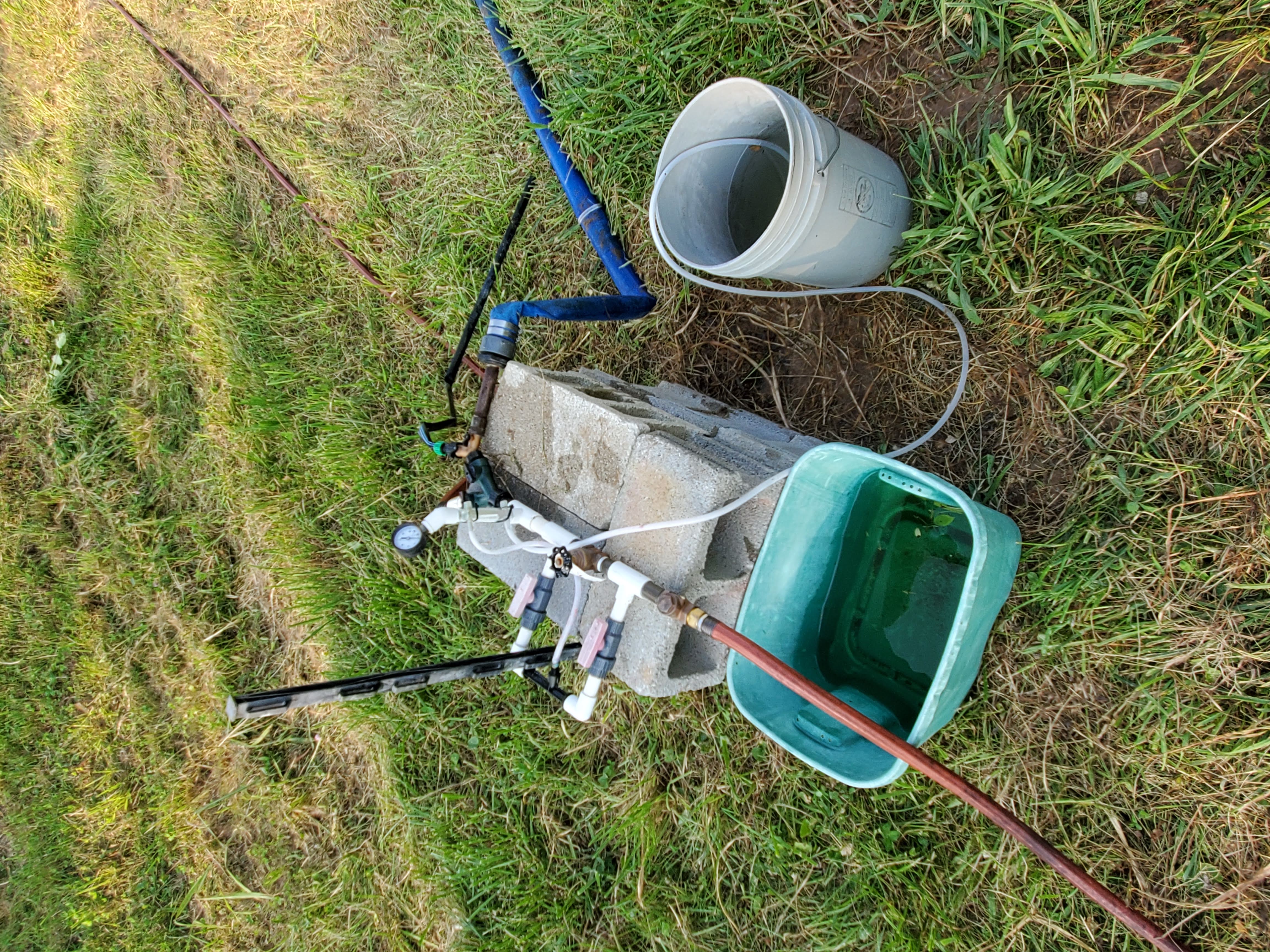
Subsurface Drip Irrigation: Increased Efficiency for Irrigation and Nutrient Delivery
Subsurface drip irrigation maintenance, lifespan, and cost, the variables that can impact subsurface drip irrigation design.

Constructed Wetlands: Engineering Nature’s Filter
How do constructed wetlands emulate the natural process of a wetland? In what ways do the different designs of a constructed wetland have to meet the needs of the area?
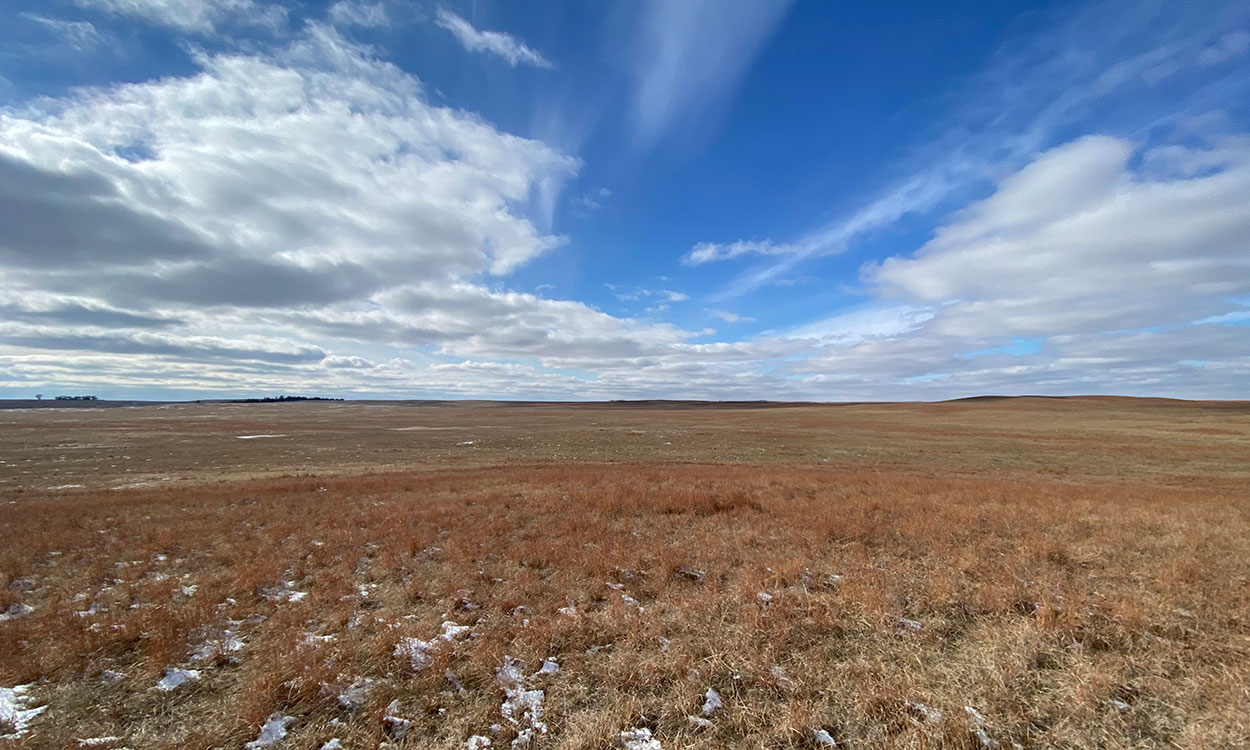
Climate Resilience Toolkit for the Northern Plains Region
In September 2021, the U.S. Climate Resilience Toolkit announced the publication of a new Northern Great Plains Region section. The new section can help producers recognize climate hazards, assess vulnerabilities and confront risks.

The Fall Advantage of Kochia Control
Kochia is a problem in north central South Dakota row crops. New post-emergent options in corn and soybean have helped alleviate kochia competition from many fields, but these herbicide options shouldn’t be completely relied upon for a long-term control plan.
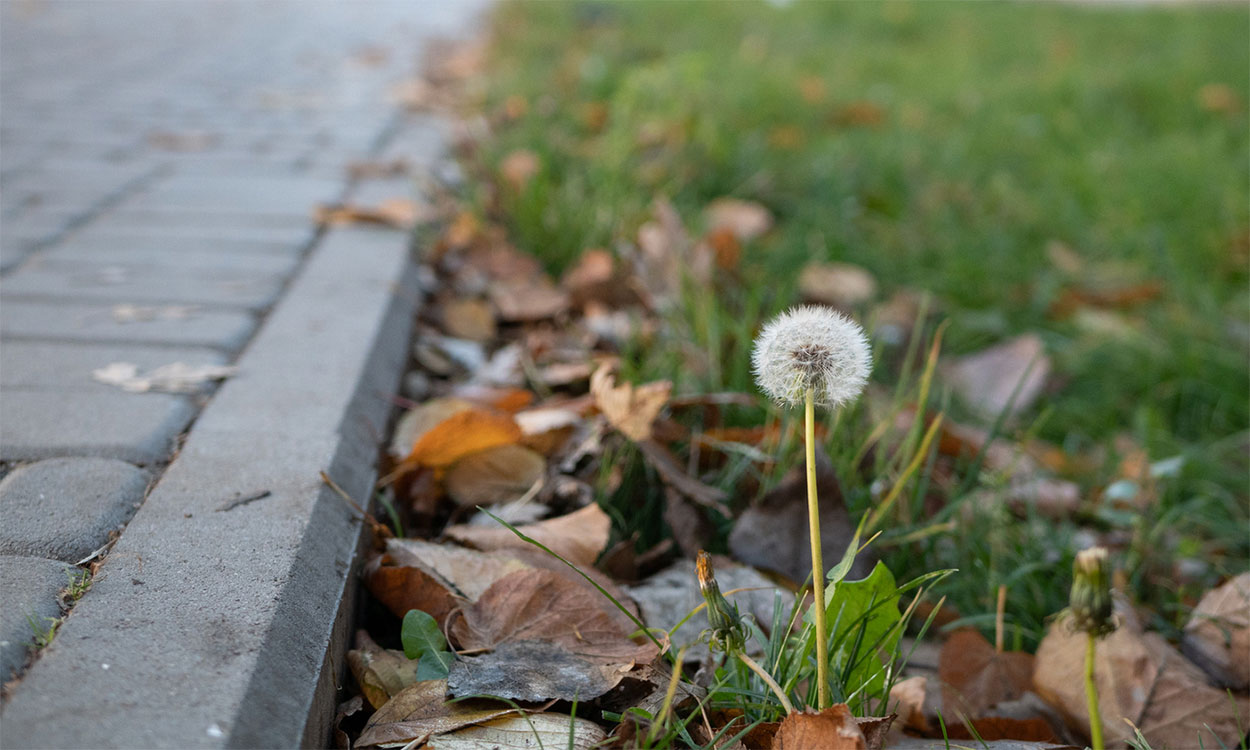
Fall Weed Control in Lawns
In lawns, fall is the best time to chemically control broadleaf perennial weeds. Examples of these weeds could include dandelions, Canada thistle, creeping bellflower, field bindweed and ground ivy.
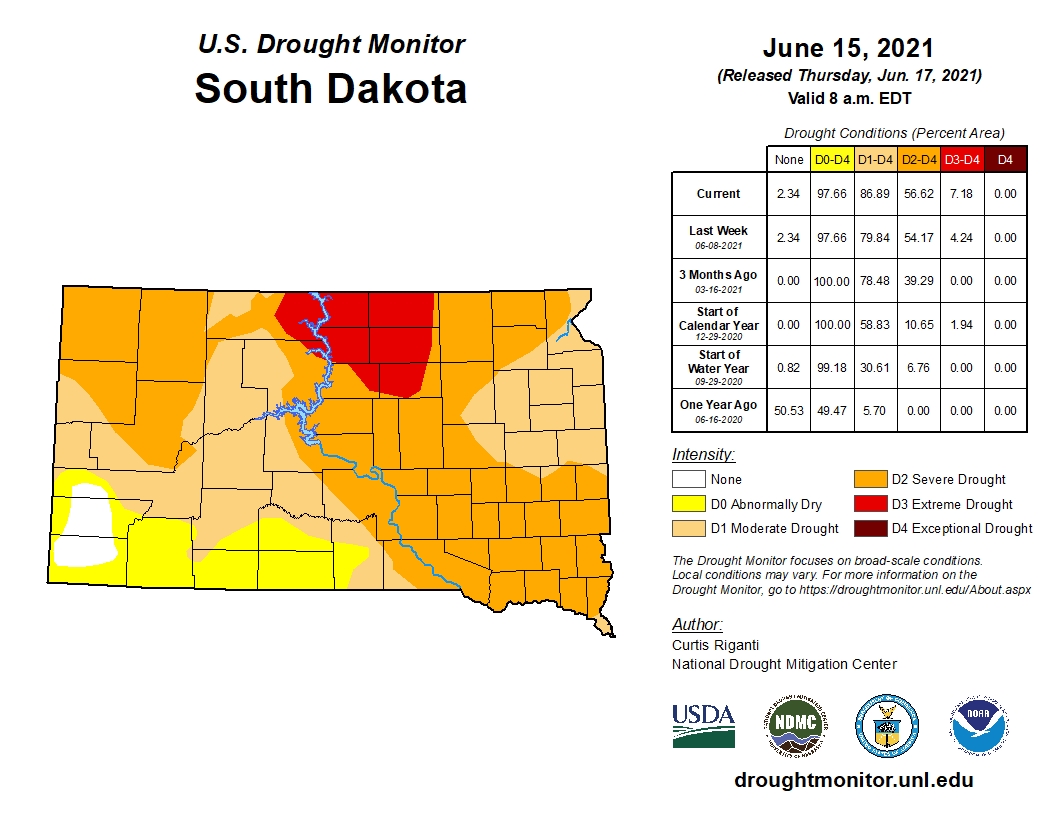
Next SDSU Extension Drought Hour Set for June 28
June 17, 2021
Nearly 90% of South Dakota is now in some level of drought. According to the latest U.S. Drought Monitor, 56% of the state is in the Severe Drought (D2) and Extreme Drought (D3) classifications.

Poisonous Plants on Rangelands: Hemlock, Halogeton and Buffalo Bur
Several species of poisonous plants are invasive and can easily establish dense stands when there is a disturbance on rangelands. Hemlocks, halogeton and buffalo bur can all be found throughout South Dakota and are toxic to livestock.
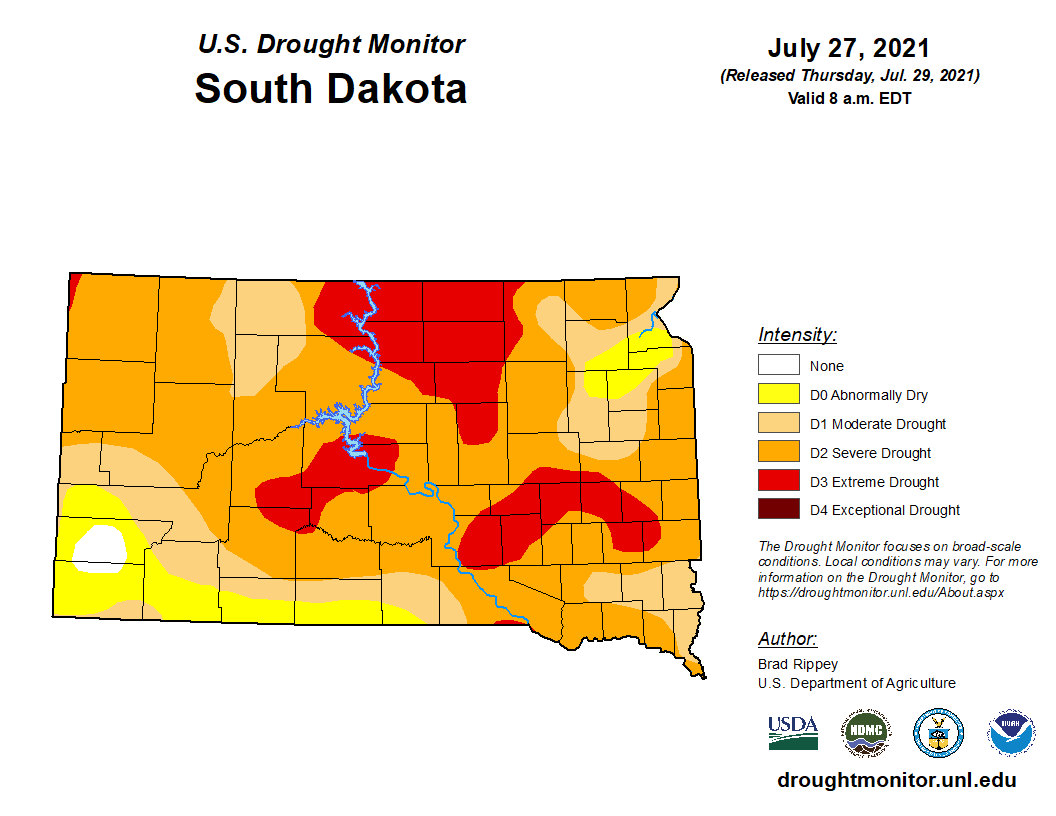
Controlling Grasshoppers, Salvaging Drought Corn Kick Off August Drought Hours
August 04, 2021
According to the latest U.S. Drought Monitor, nearly 18% of the state is in Extreme Drought (D3), while another 70% follows as Severe Drought (D2).
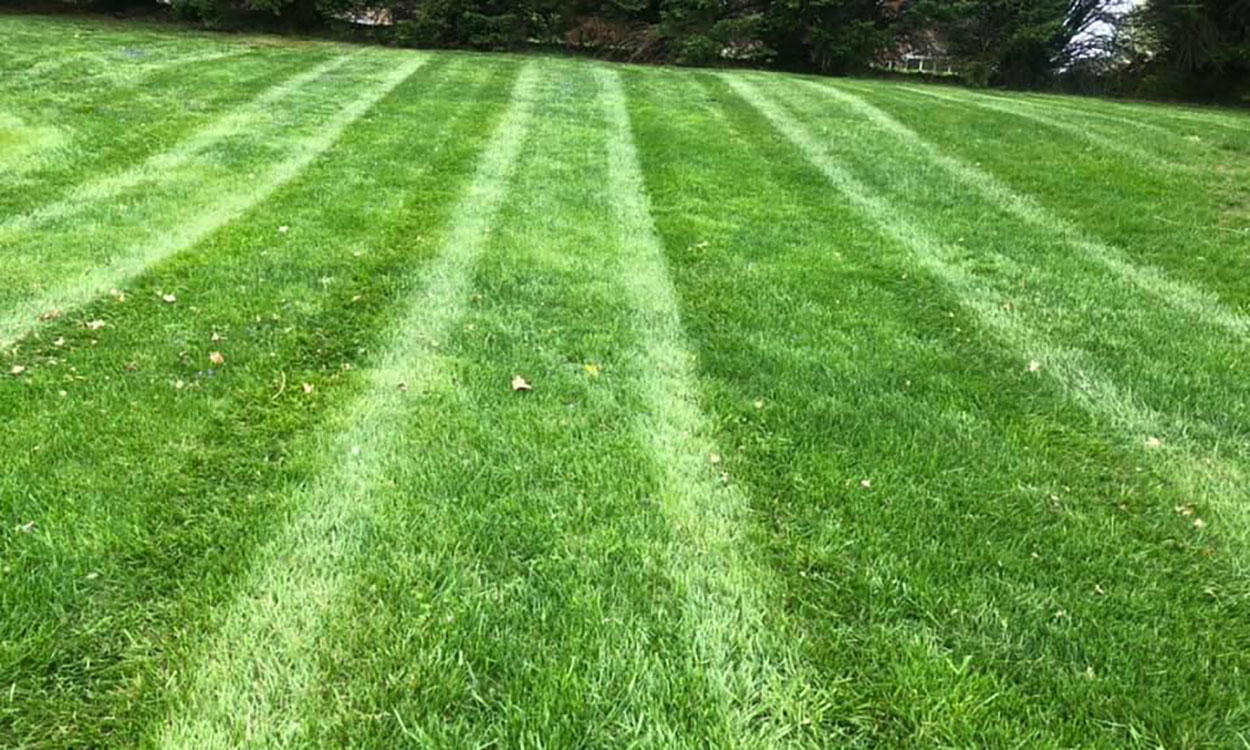
Use Caution With Turf Herbicide Applications During Extreme Heat and Drought
Dry conditions cause weeds to be under stress. This decreases herbicide effectiveness with annual, biannual and perennial plants. So, is there a safe option for weed control in yards during high temperatures and dry conditions?

Palmer Amaranth: Now Is the Time to Scout
South Dakota State University (SDSU) Extension encourages farmers, ranchers and other landowners to start scouting for Palmer amaranth, a weed that has been rapidly spreading north into the United States and is likely to be glyphosate-resistant.